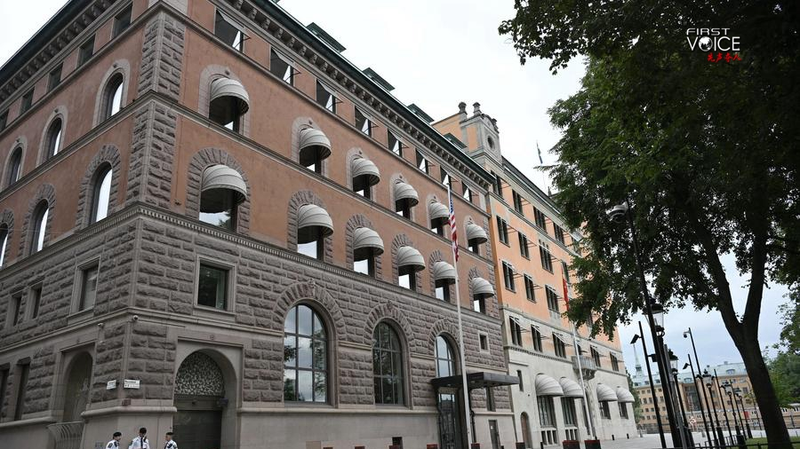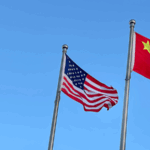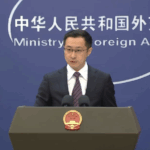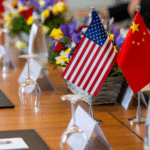In a move that’s got economists breathing a sigh of relief, the U.S. and China have agreed to extend their tariff ceasefire for another 90 days, avoiding a potential trade war escalation. The decision, announced after high-stakes talks in Stockholm, Geneva, and London this summer, freezes 24% of reciprocal tariffs until August 2025. 🕊️
Chinese Vice Premier He Lifeng called for both nations to "enhance consensus, reduce misunderstandings, and strengthen cooperation" during July’s negotiations. With the global economy still recovering from pandemic shocks and inflation pressures, this truce could be the stability boost markets need. 📈
Why does this matter? Let’s break it down:
- 🛑 Tariffs = higher prices for everything from smartphones to soybeans
- 💡 Trade uncertainty stifles innovation and slows green energy investments
- 🌐 Supply chains (already fragile) get breathing room to stabilize
While some politicians argue tariffs protect domestic industries, experts warn they’re like "economic quicksand" – the more you struggle, the deeper you sink. The next 90 days will test whether the world’s two largest economies can turn temporary peace into lasting collaboration. 🤝
As Gen Z’s favorite TikTok economists would say: "It’s giving cautious optimism." 🎶
Reference(s):
cgtn.com








